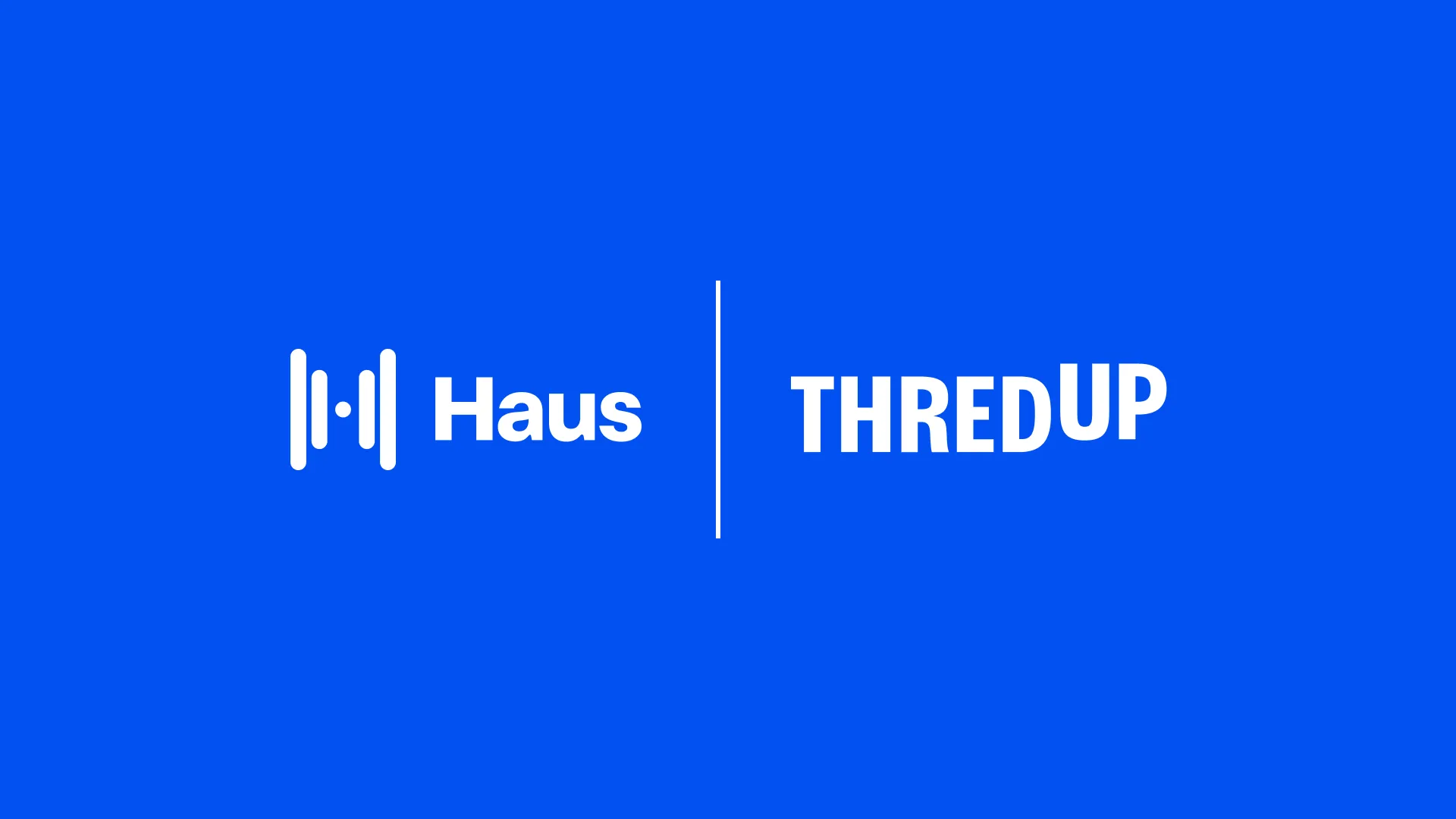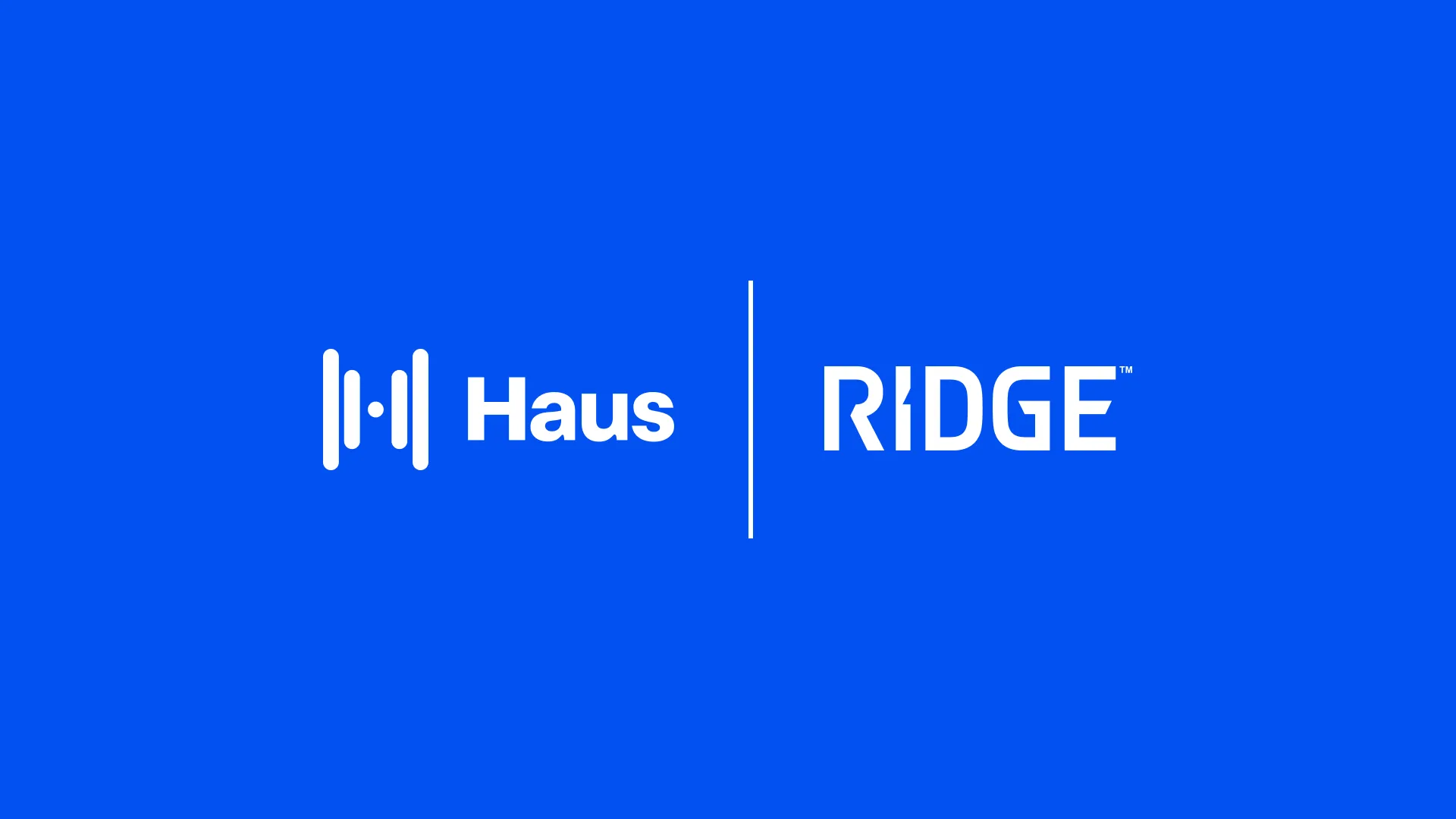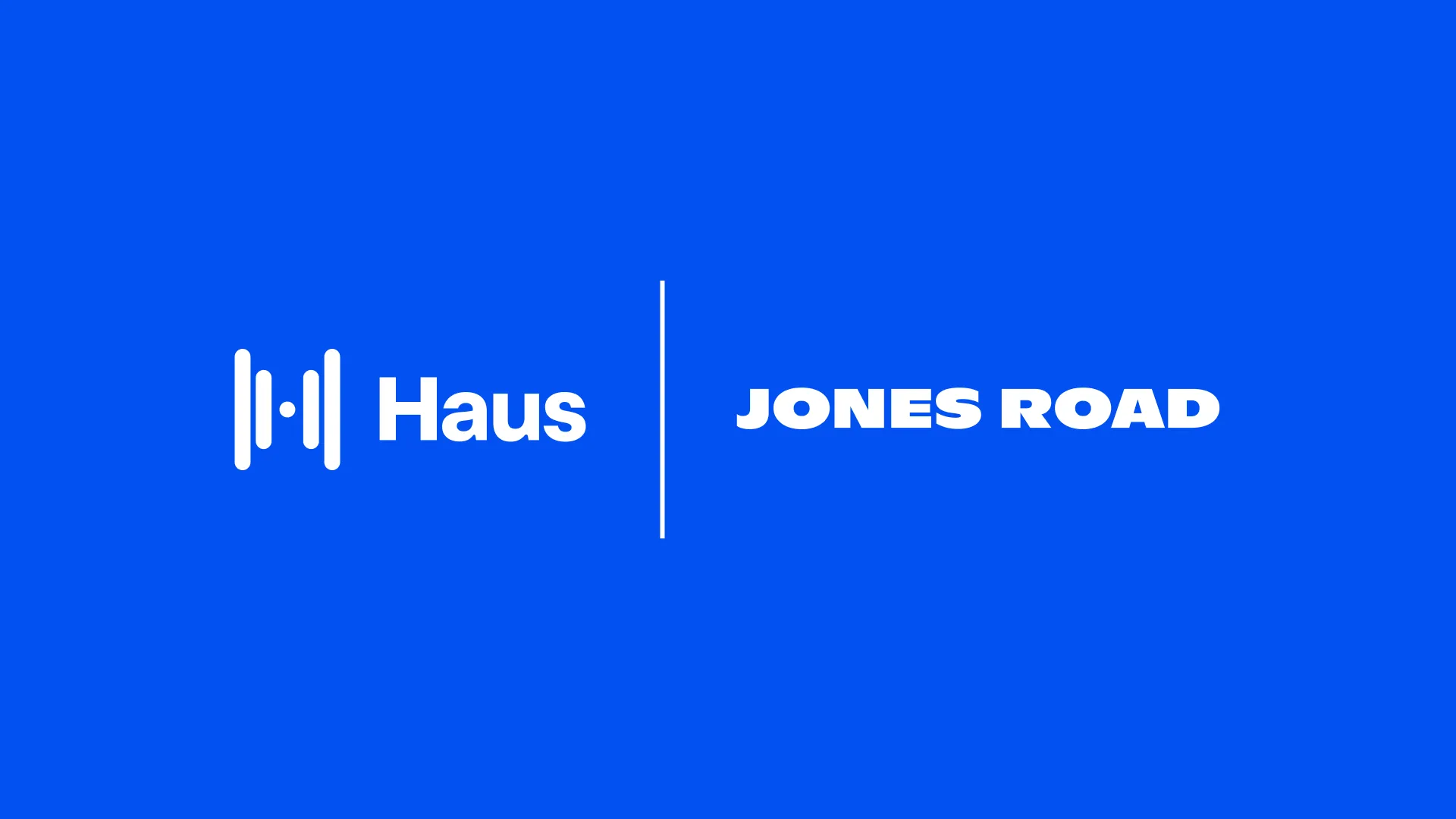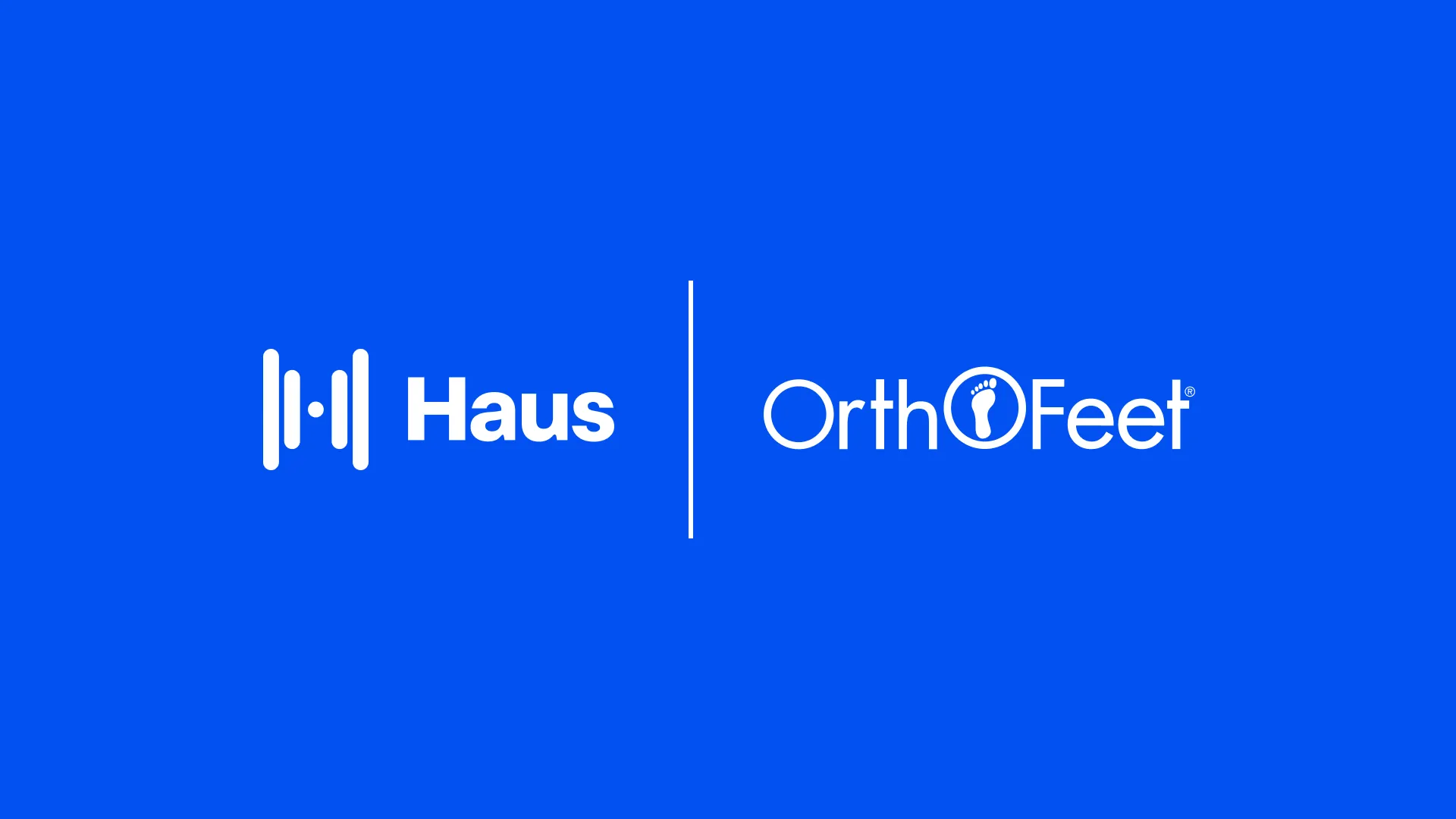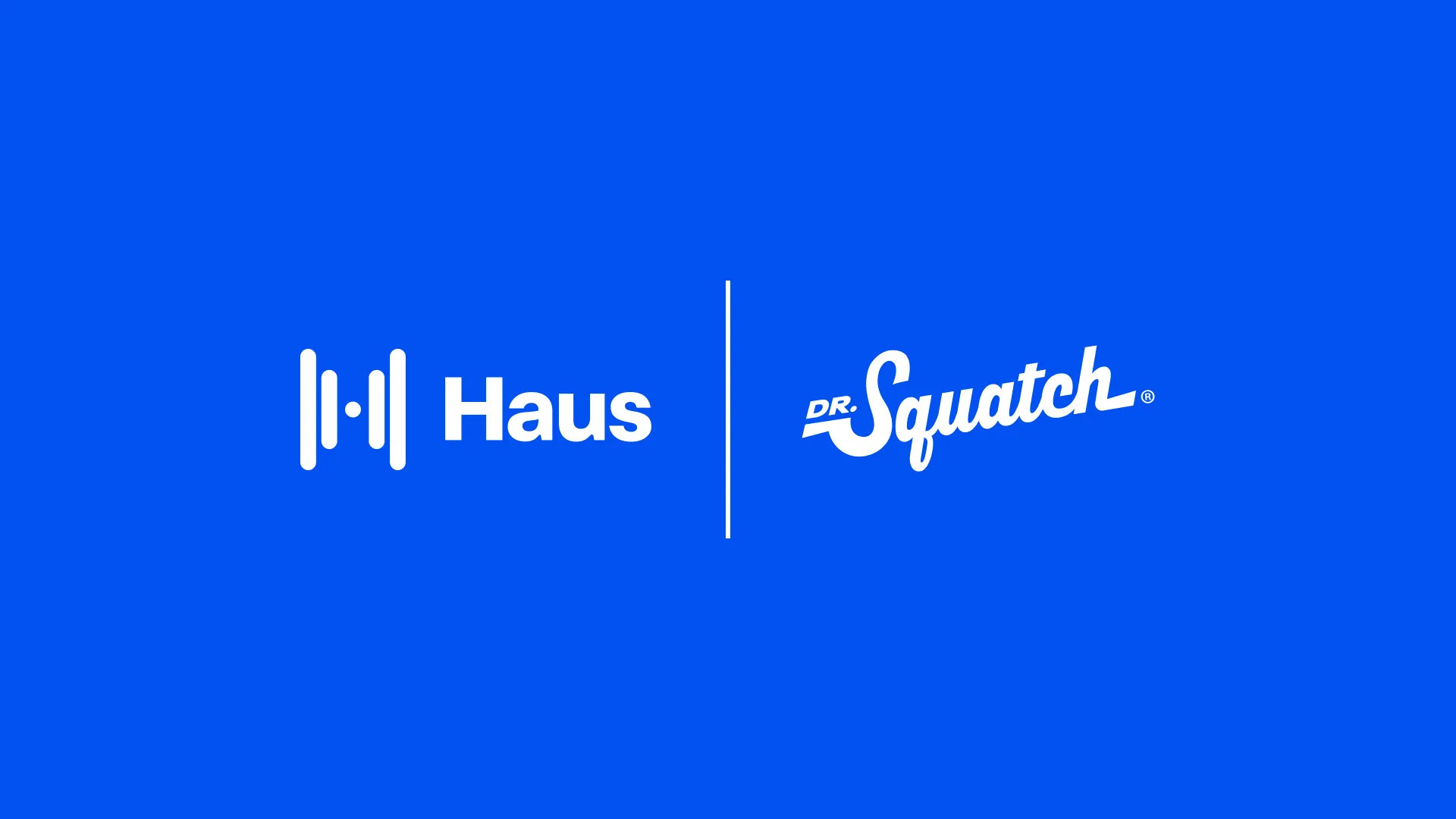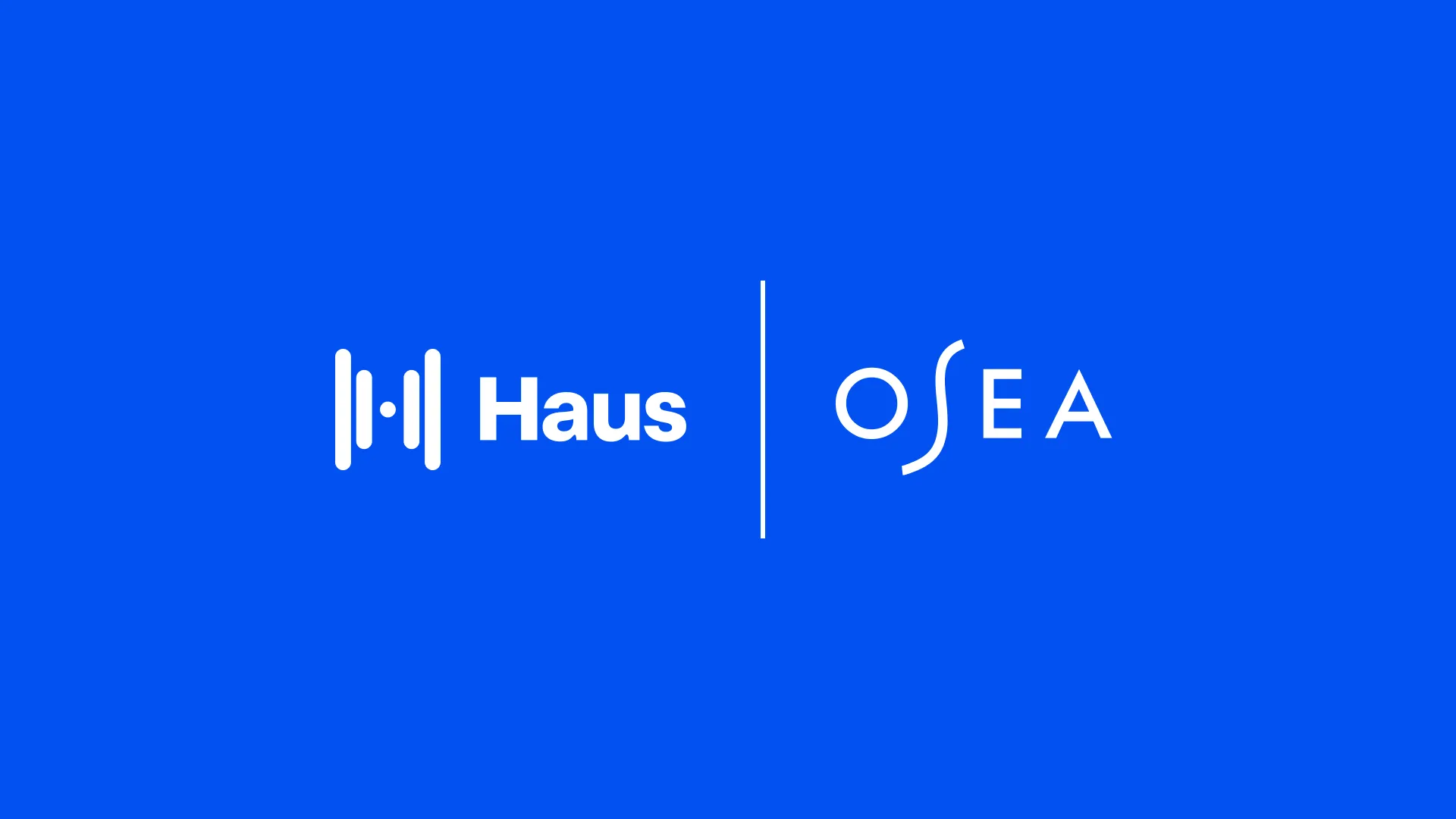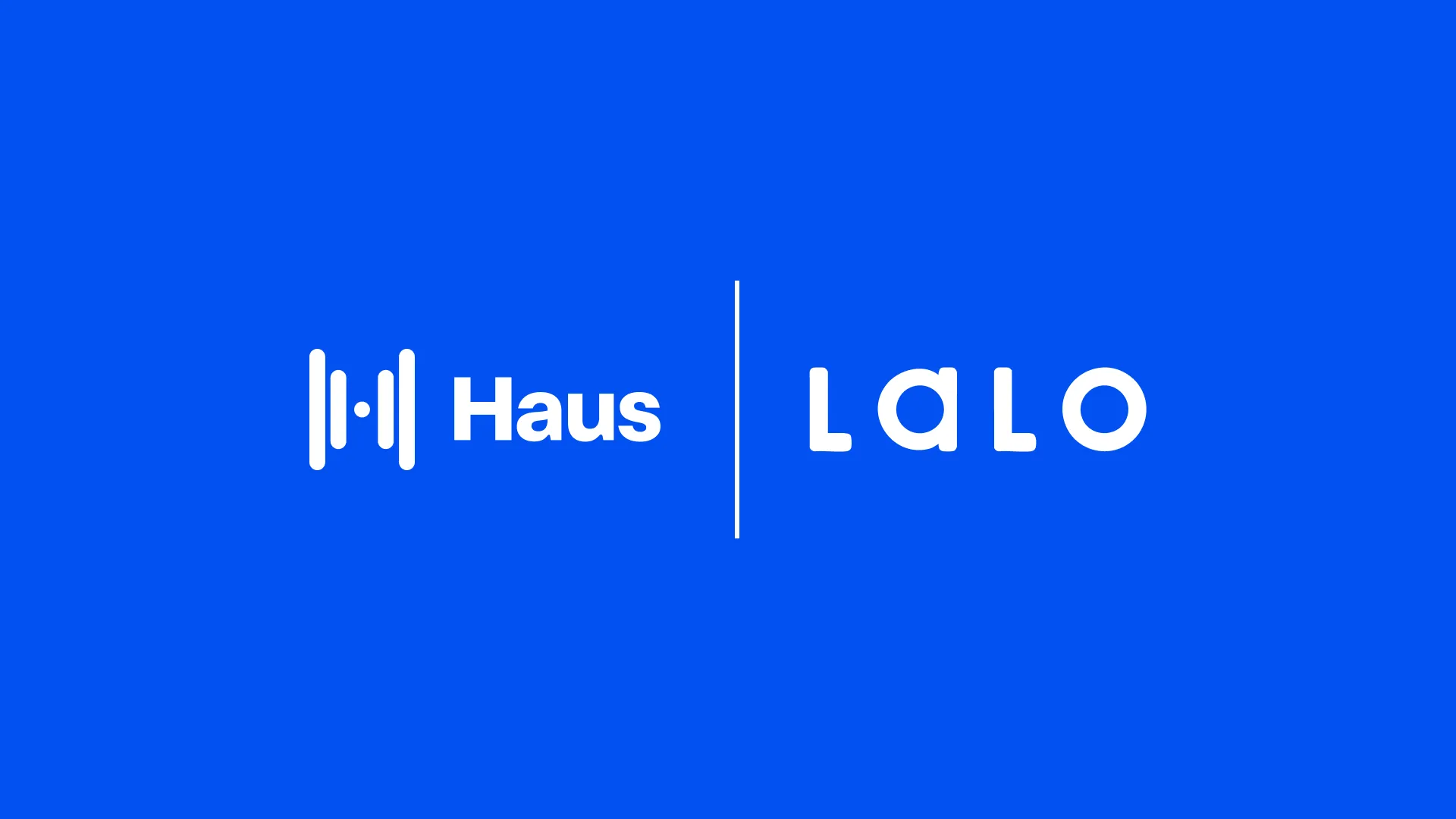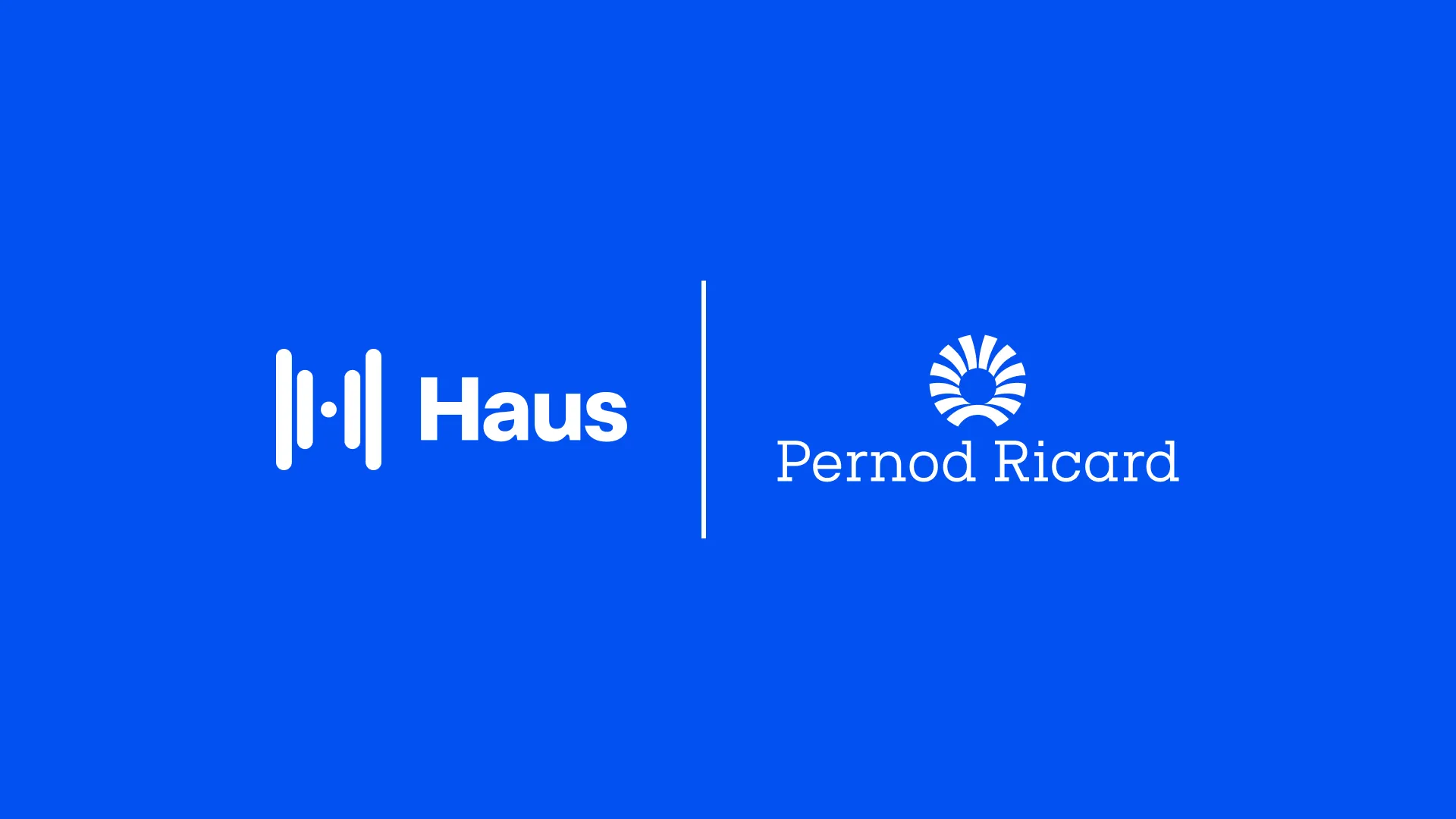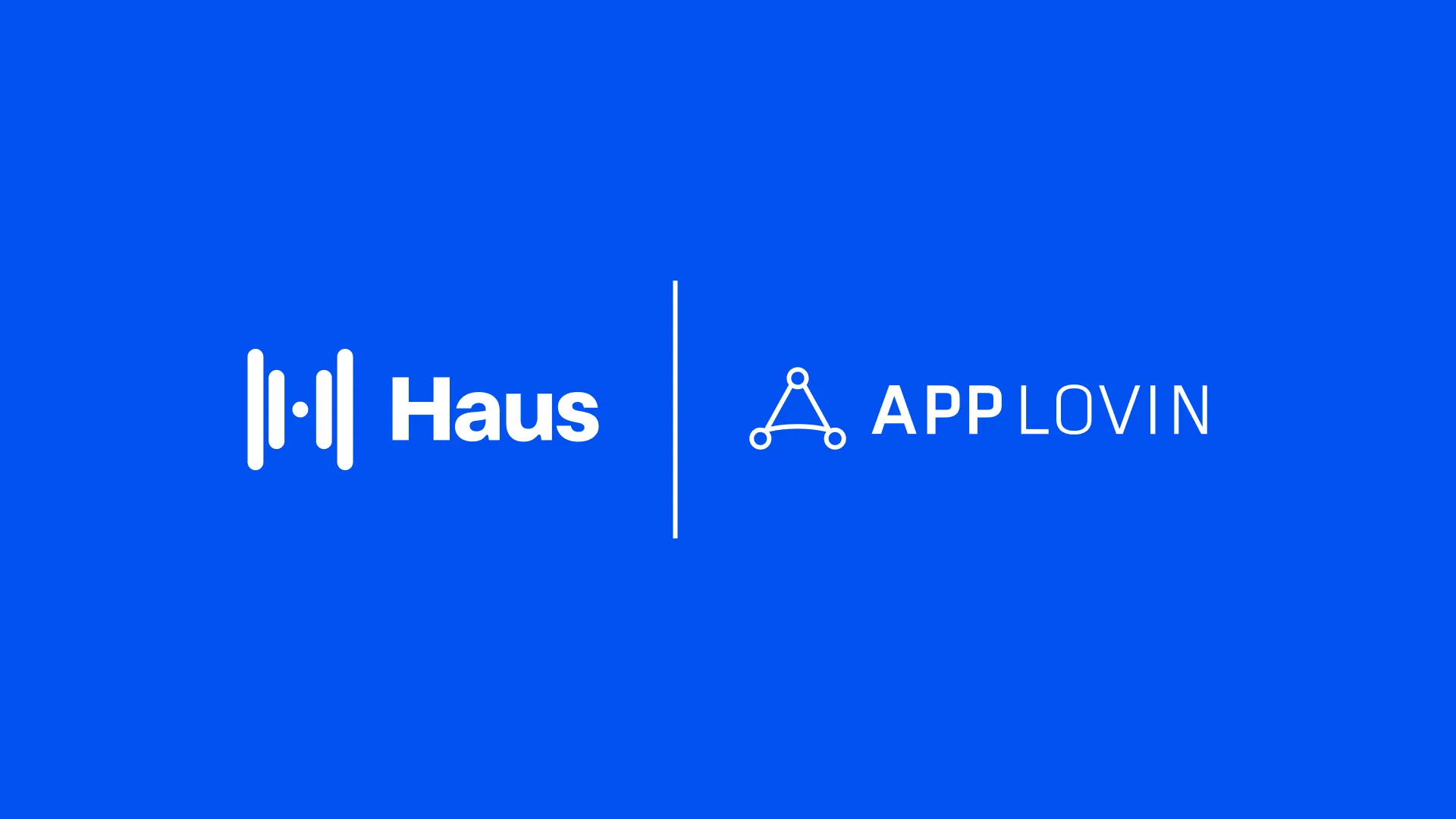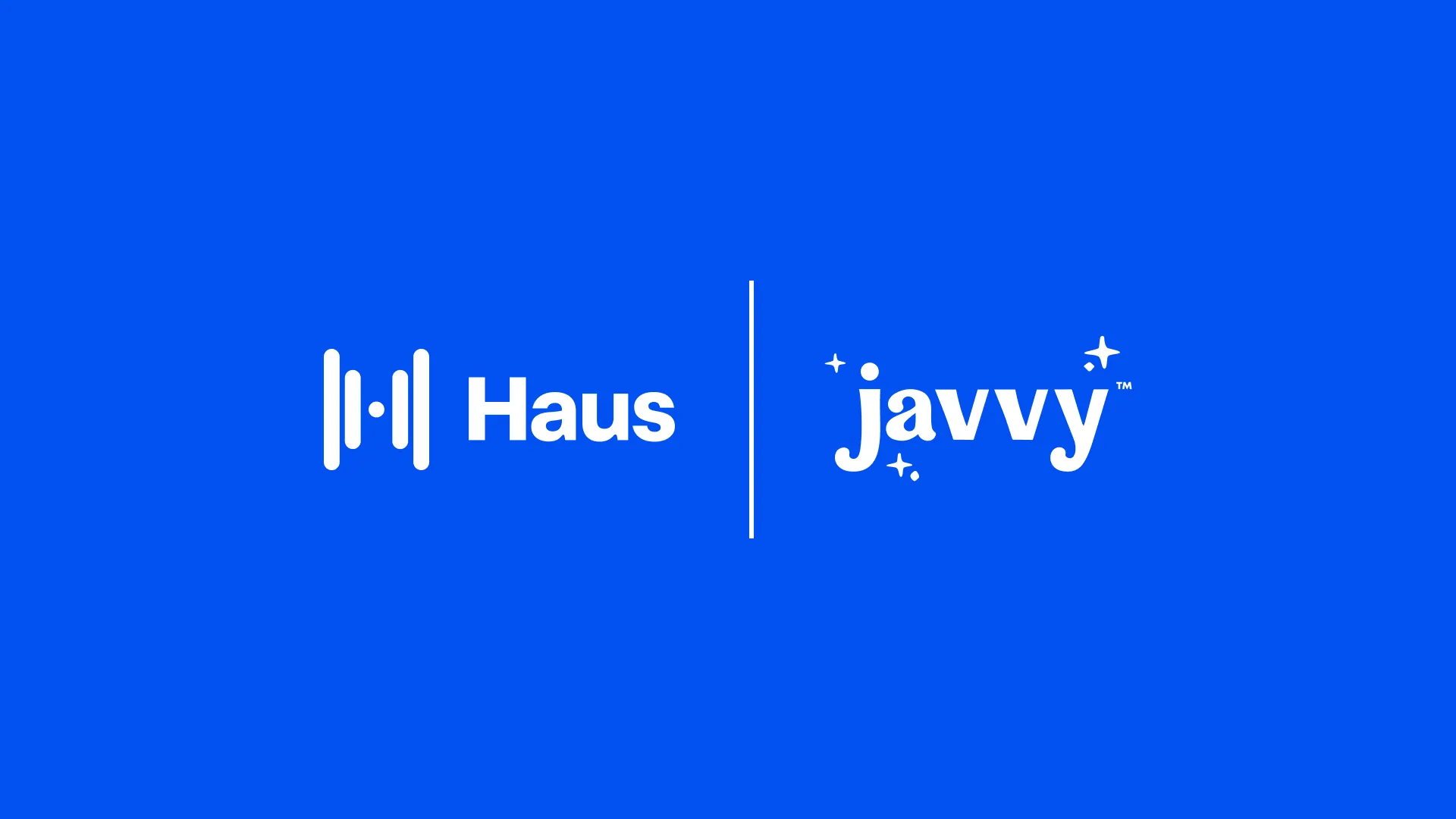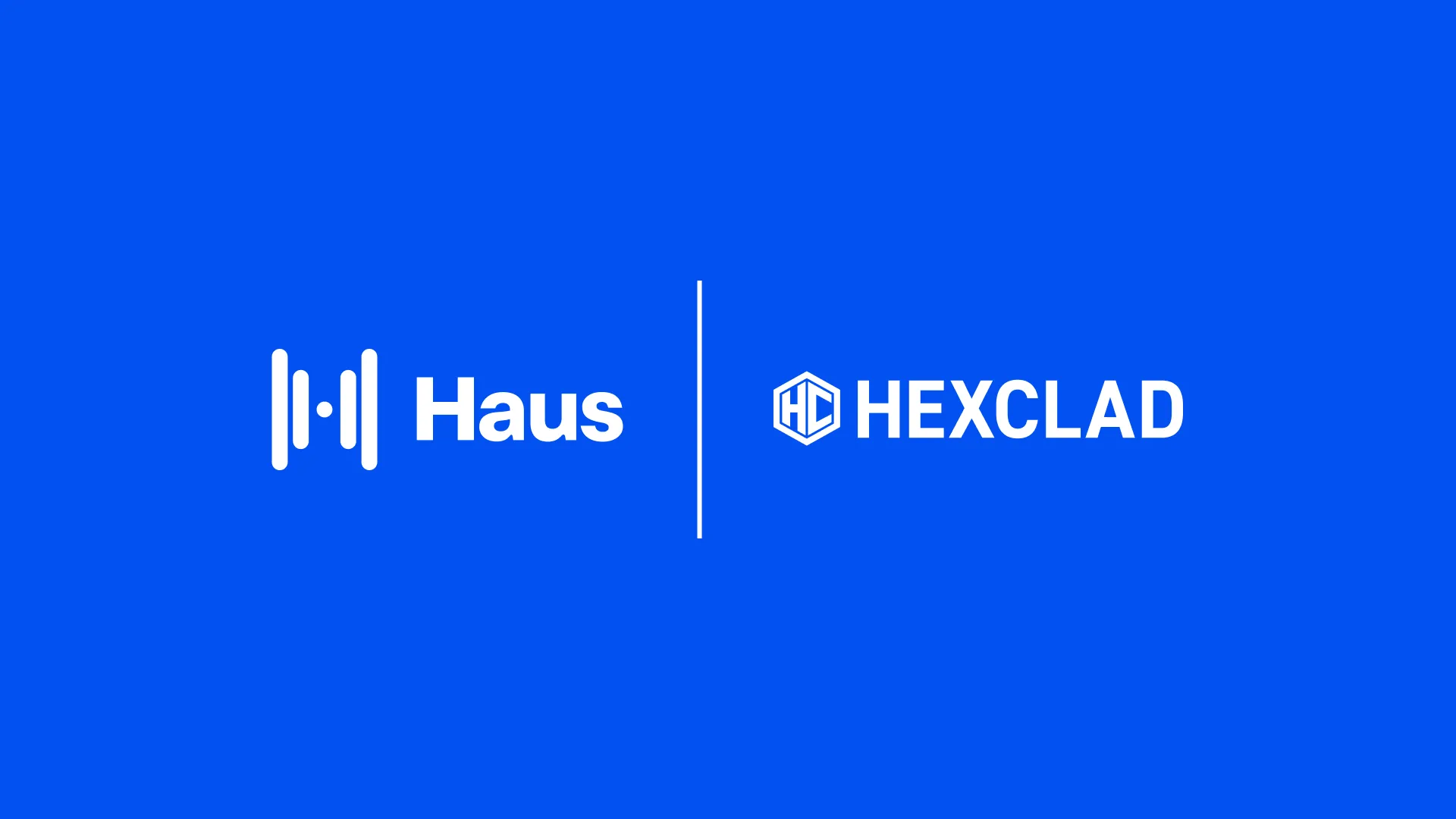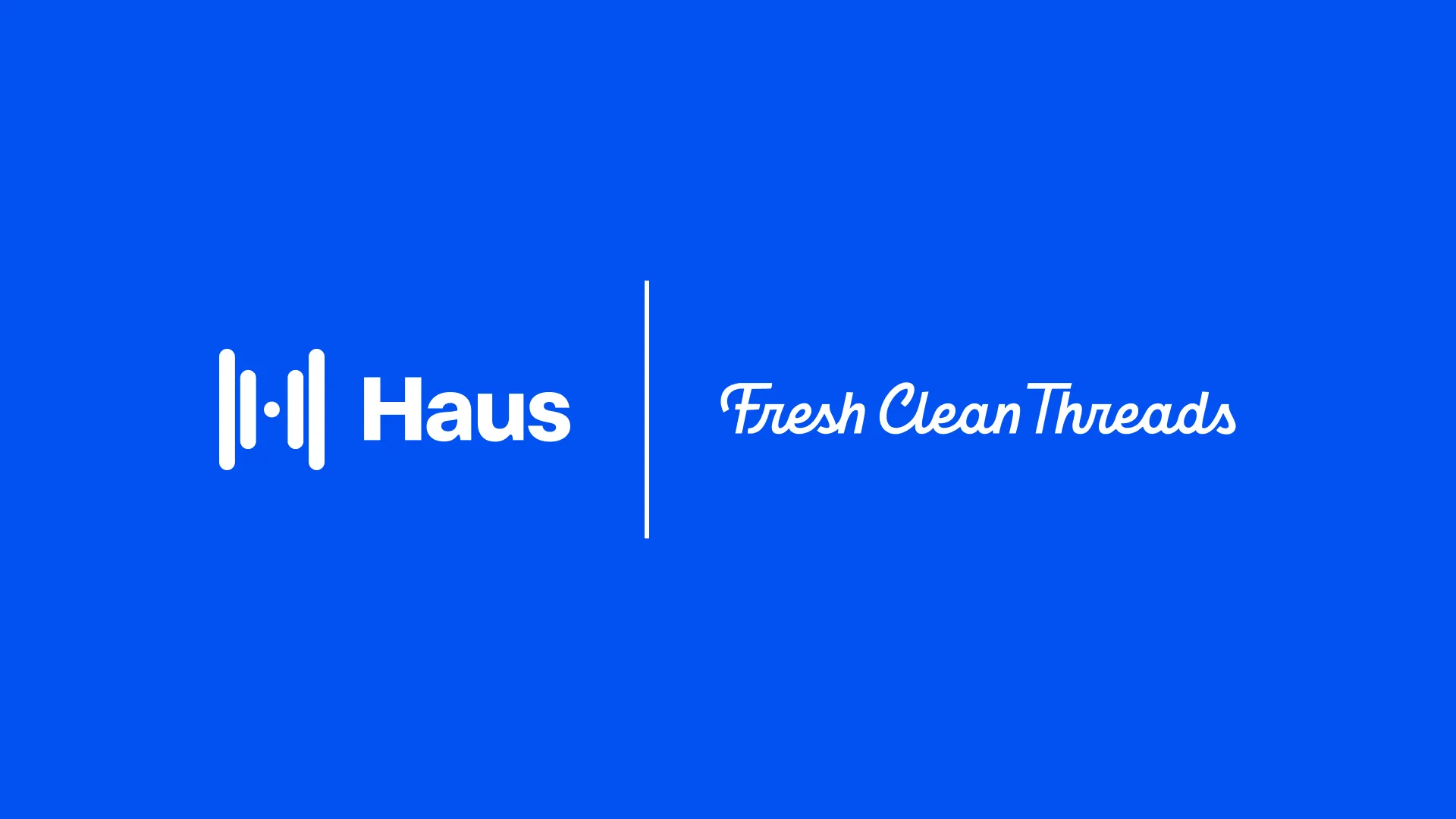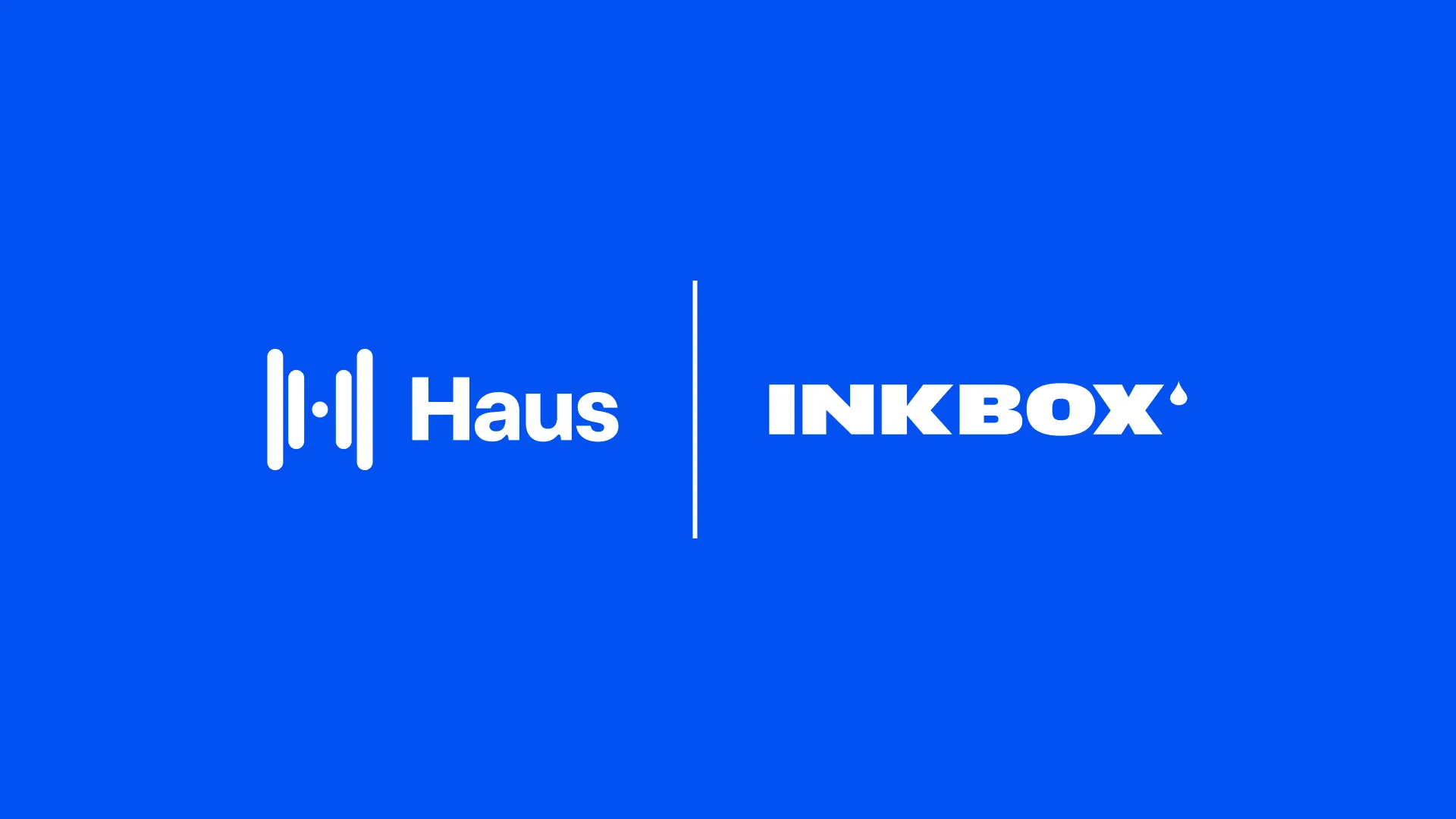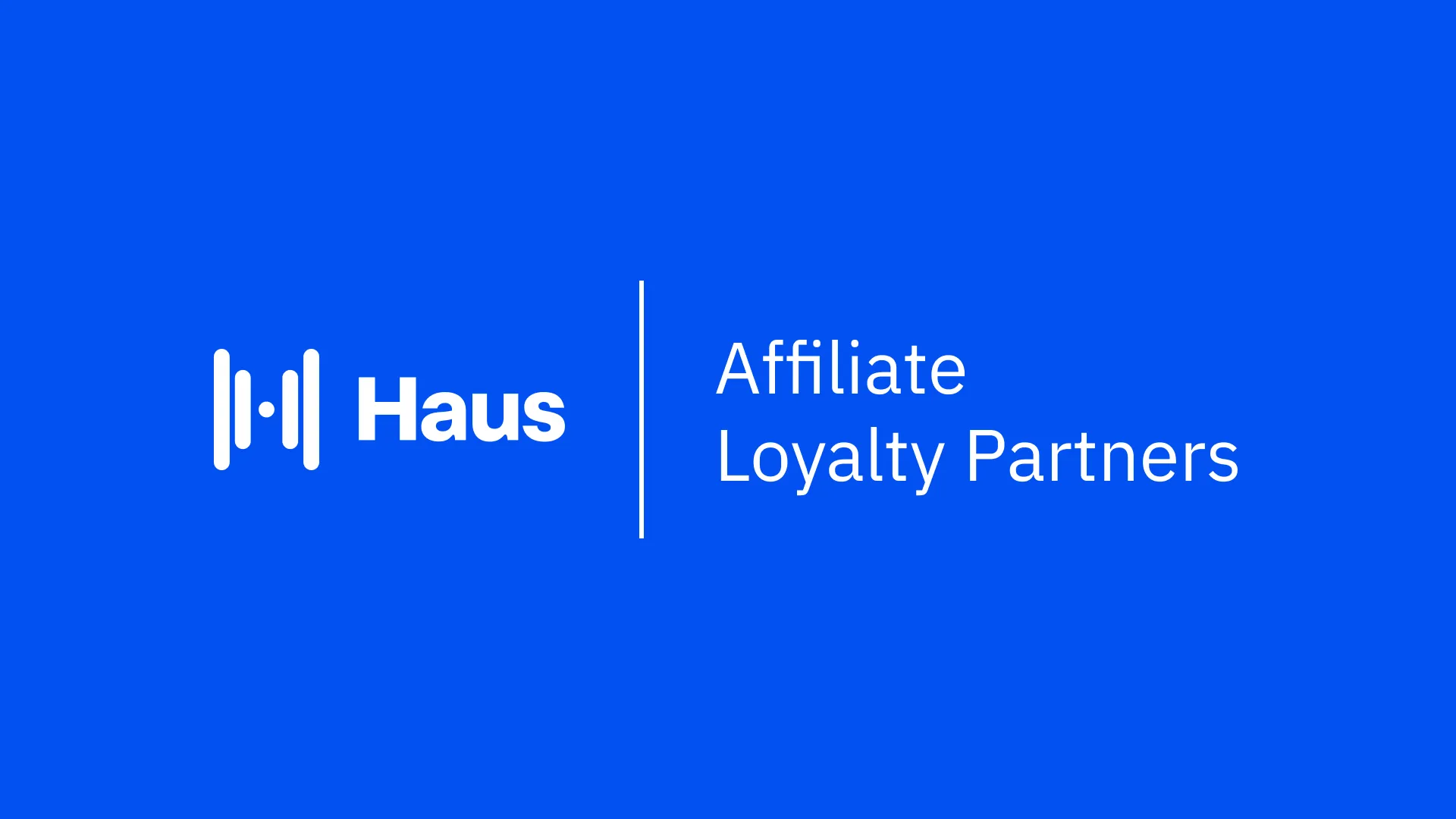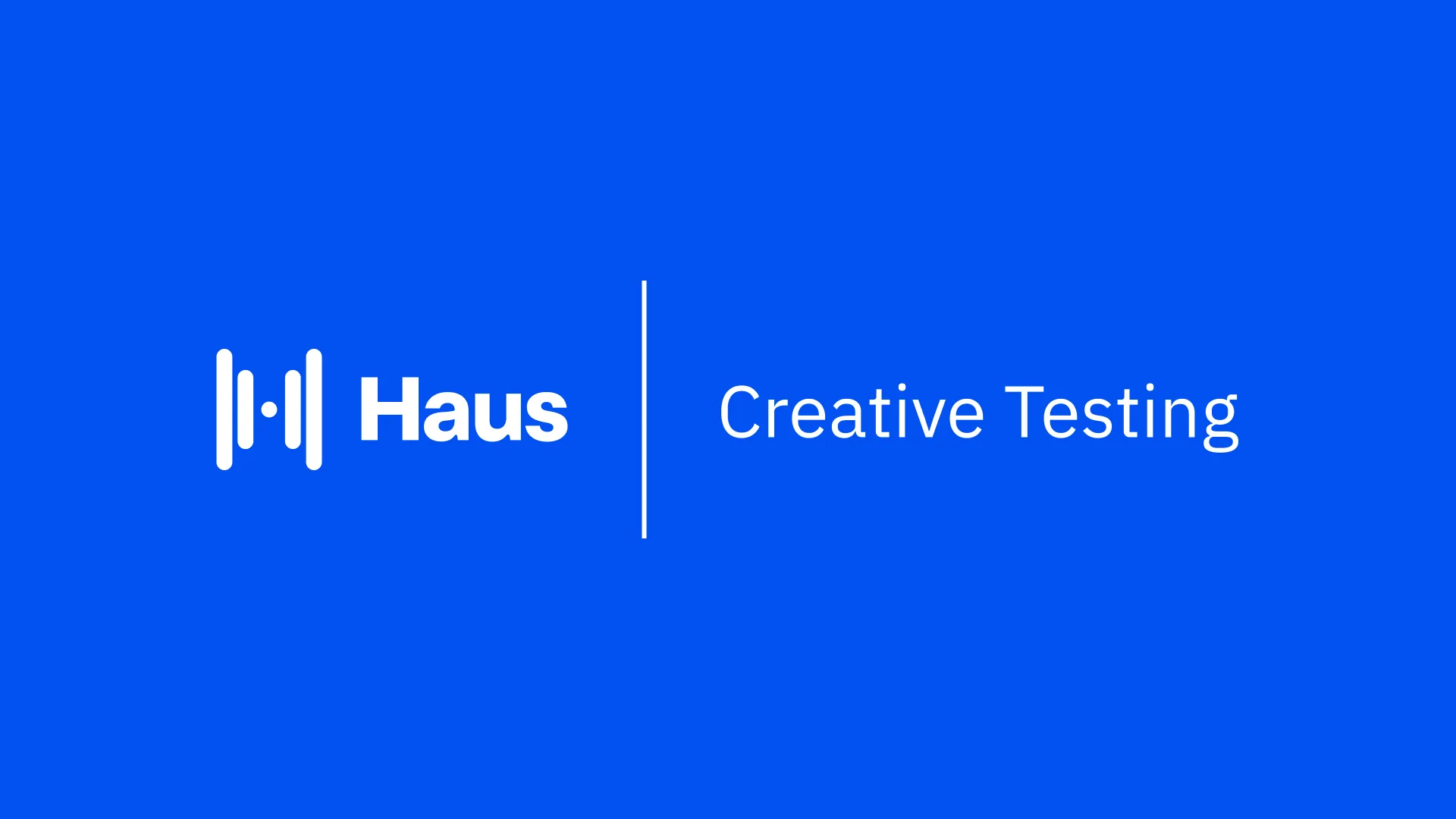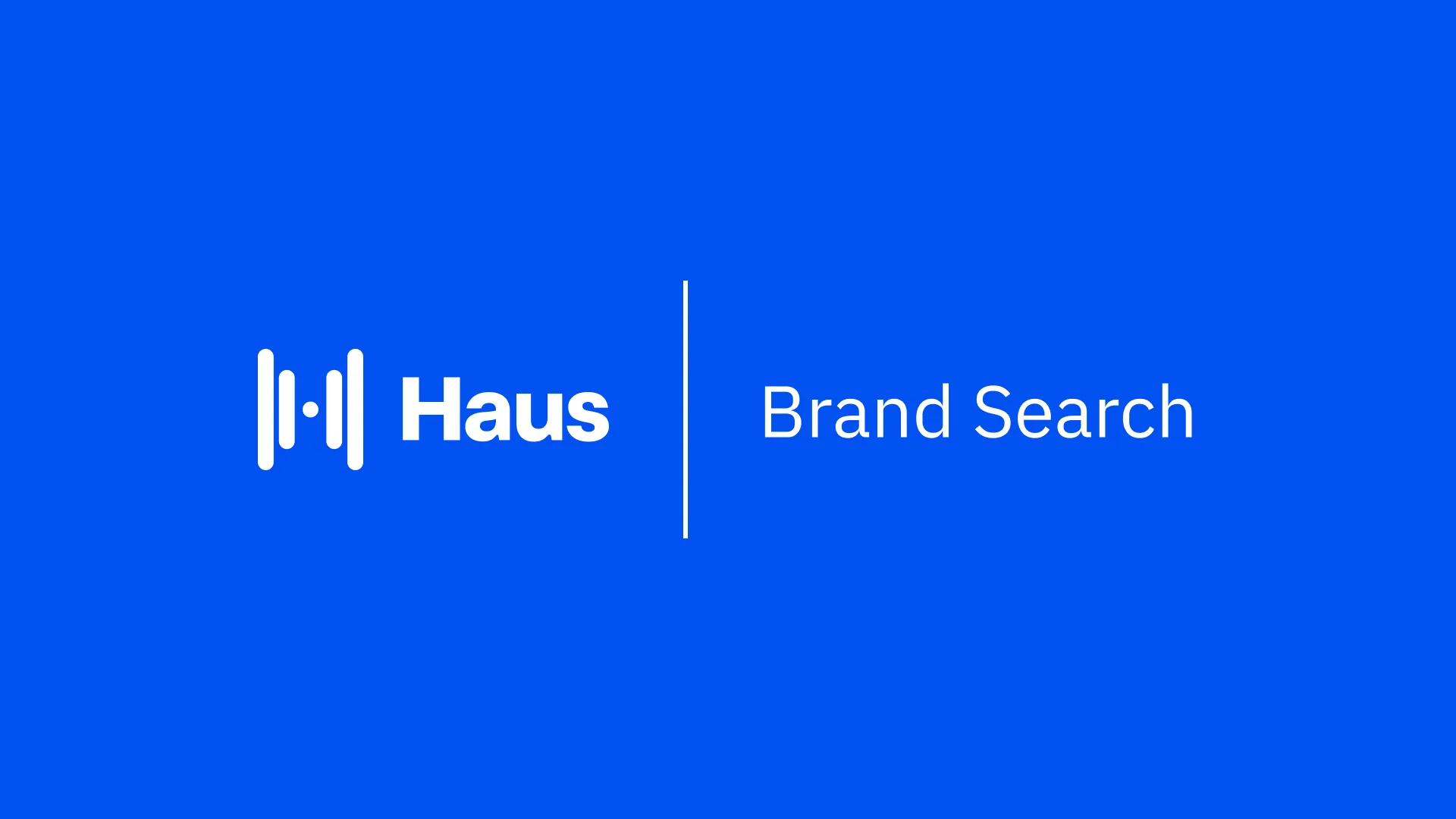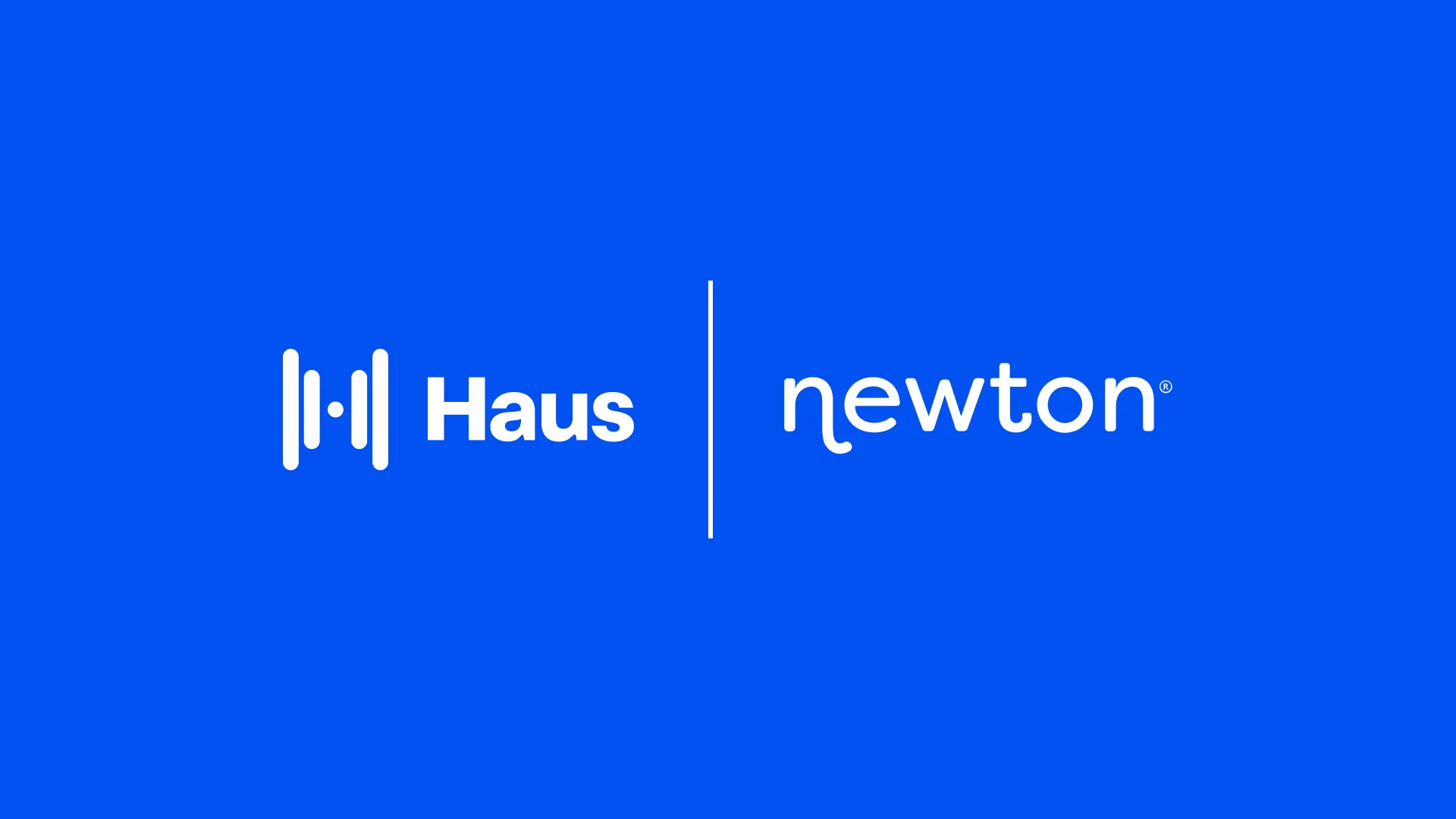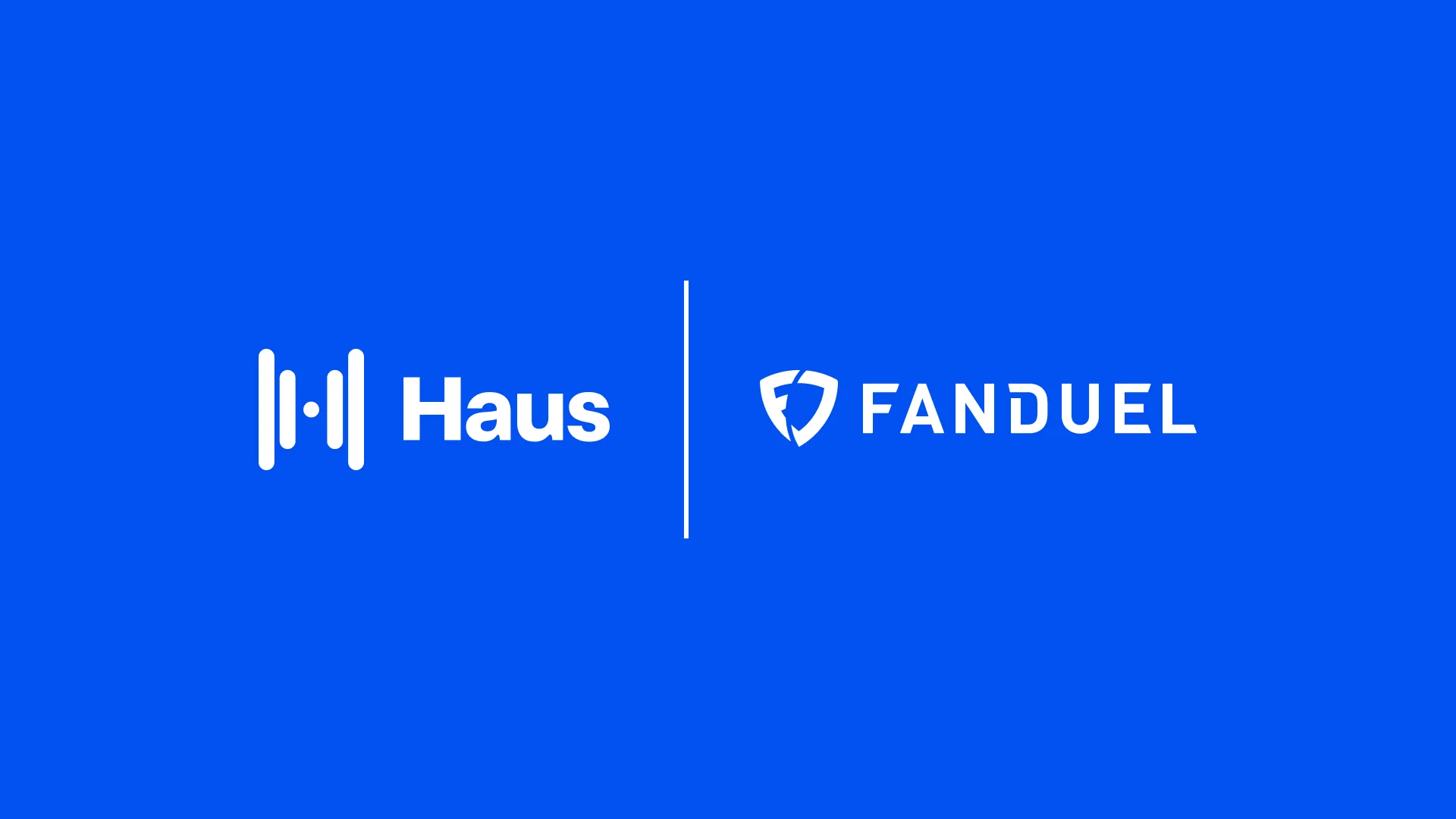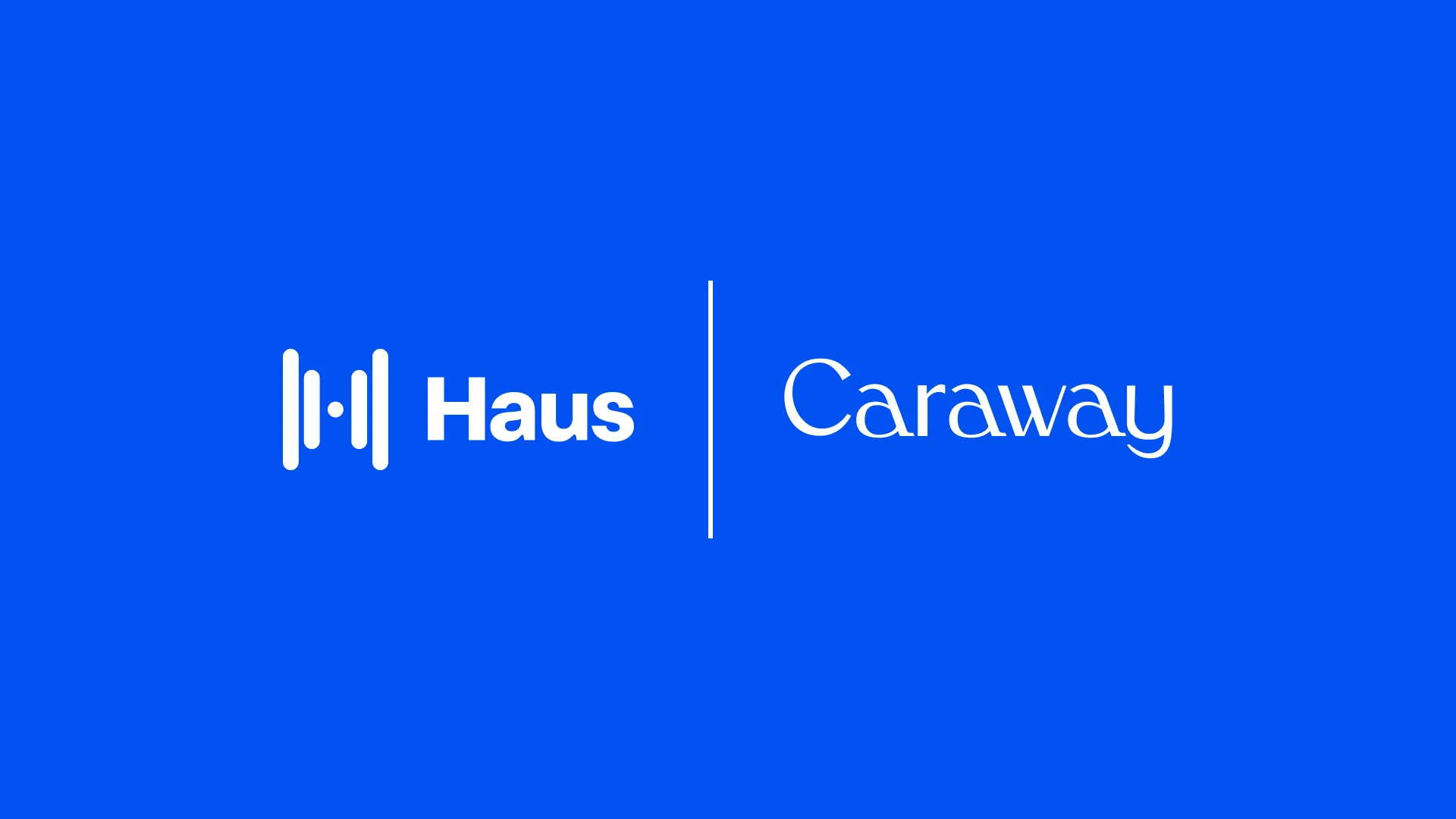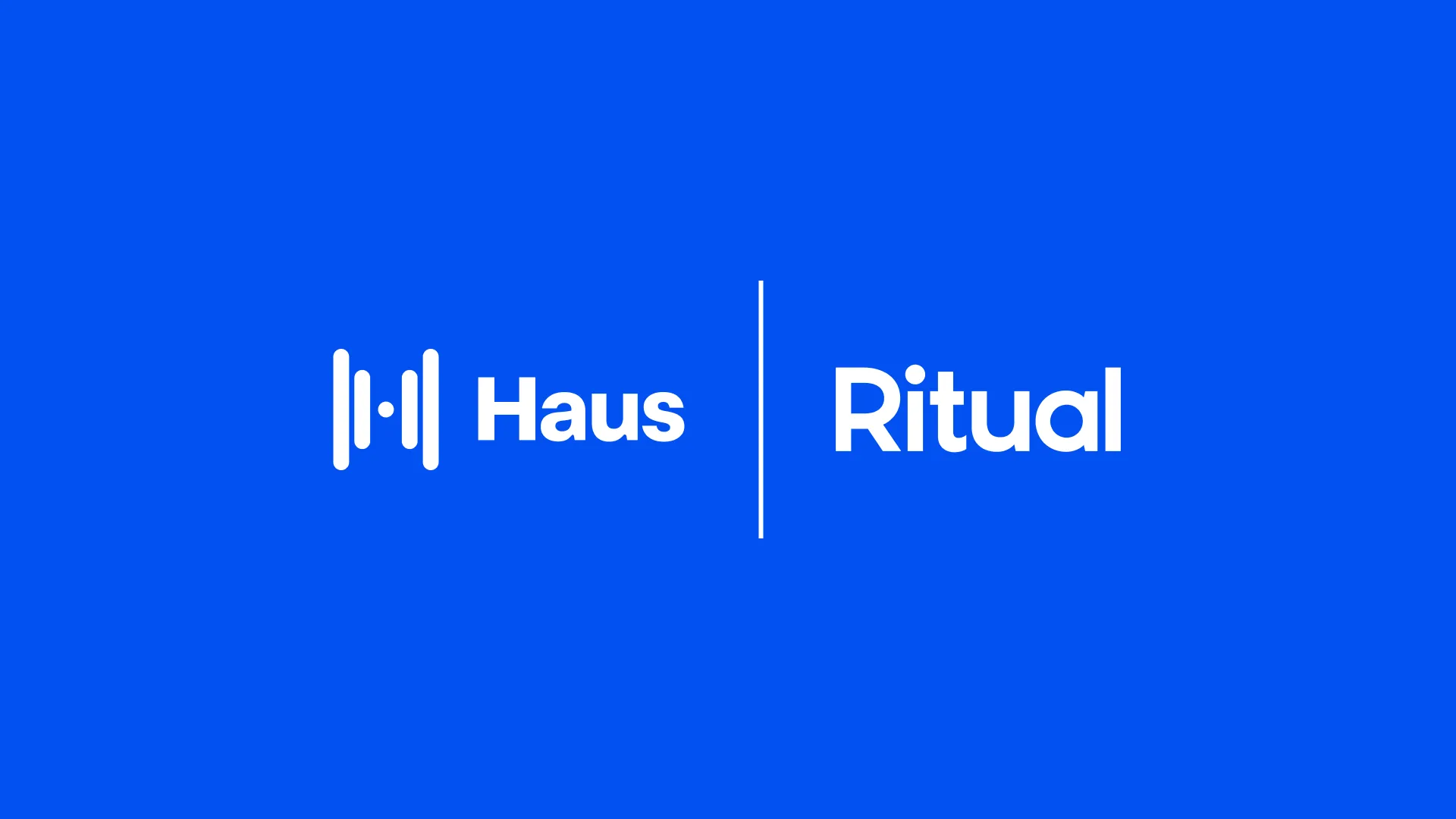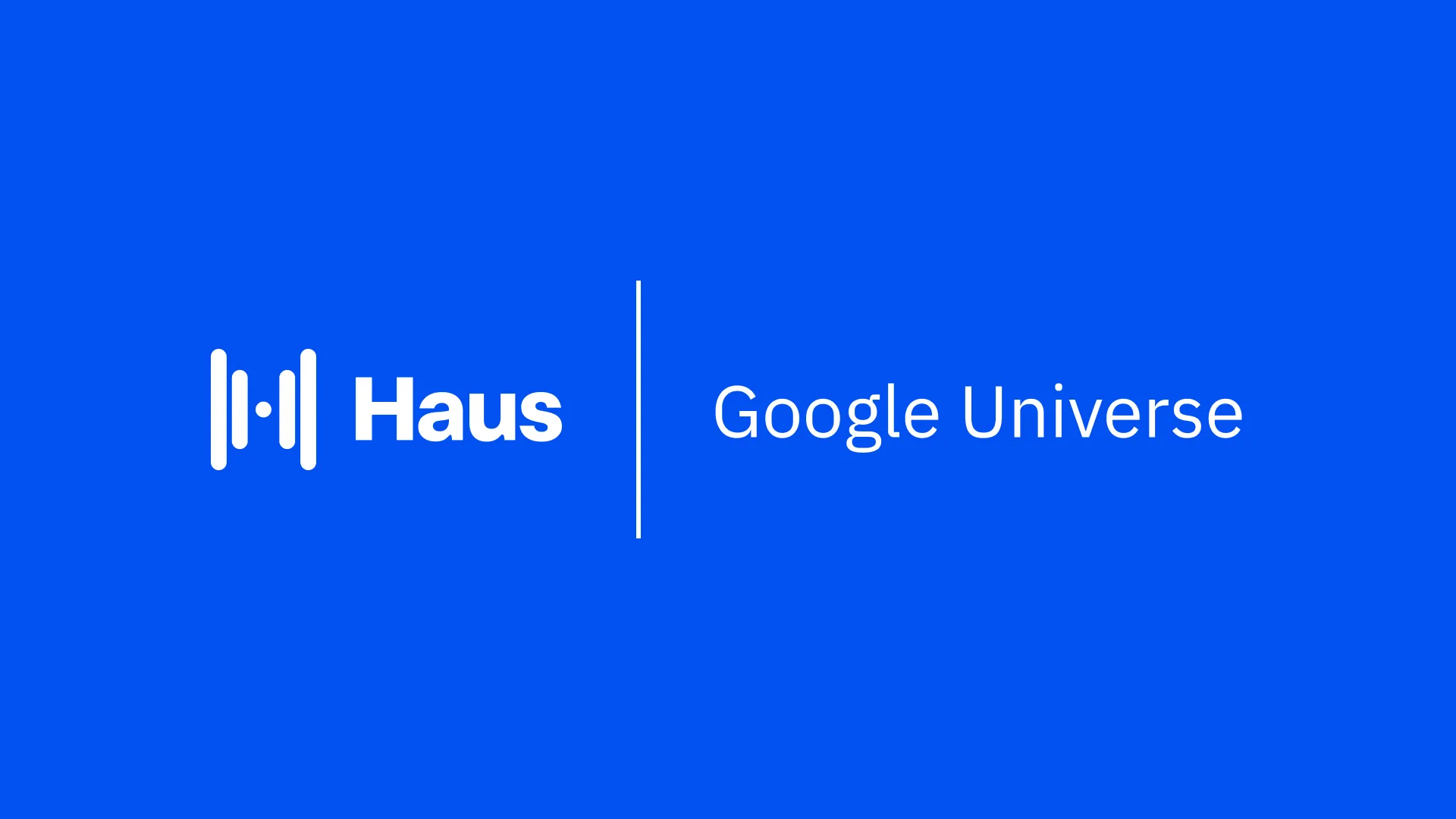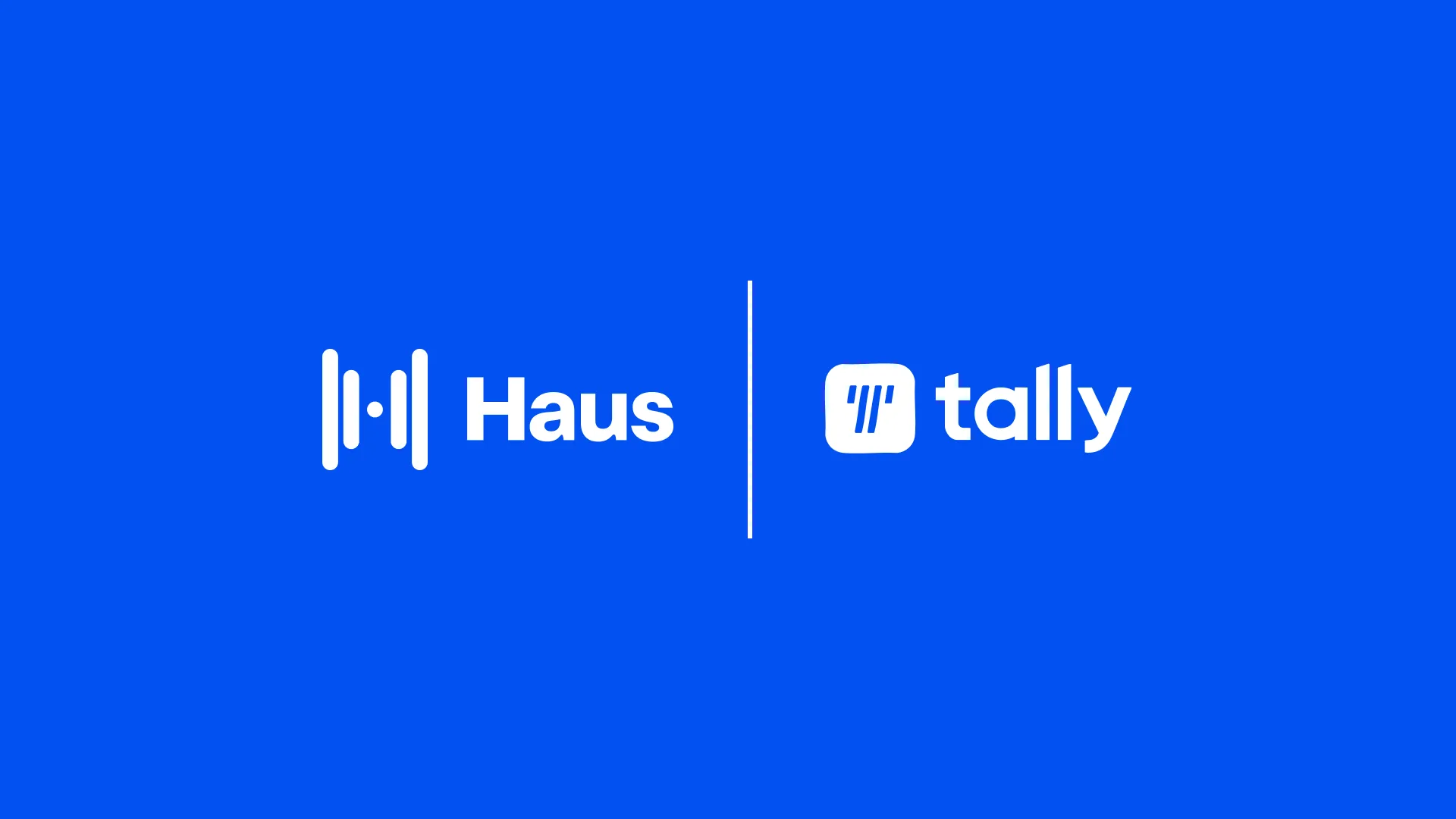Mejuri Moves Meta Strategy Up-funnel to Unlock New Audience and More Efficiency
Apr 3, 2025
The Challenge
Like many brands, Mejuri heavily relies on Meta as a primary marketing channel. When they began incrementality testing with Haus, they chose to start with in-depth testing on Meta to optimize performance in one of their largest channels. As initial test results came back, they were shocked that Meta’s efficiency was not what they expected: It drove a significant lift to their business but was not meeting their target iROAS goal.
Together, Mejuri collaborated with Haus’s measurement strategy team to analyze this trend. Mejuri benefits from strong organic traffic and a highly loyal customer base that frequently returns to purchase. However, in previous tests – despite audience exclusions – Meta continued driving significant incremental revenue from existing customers. This led them to hypothesize that Meta might be struggling to reach new, truly incremental audiences.
To test this theory, they reallocated 25% of their Meta media budget to upper-funnel campaigns: one optimized for page views and the other for add-to-cart conversions. They then measured the impact of these upper funnel campaigns using Haus GeoLift.
The Solution
Before adjusting their strategy, Mejuri first got a baseline on their account level iROAS when all campaigns were optimized towards bottom-funnel, purchase conversions. Then, following this test, they reallocated 25% of the budget to the upper-funnel campaigns and set up a 2-cell test. The test ran for three weeks followed by a two-week post-treatment window). This additional time allowed Mejuri to capture some of the latent impact of their Meta ads.
The Result
.avif)
The initial account-wide test on lower-funnel tactics drove a 4% lift to Mejuri’s business at an iROAS that was 30% lower than their goal. However, at the conclusion of the upper-funnel test, they found that the upper-funnel tactics alone drove 11% of their new revenue during the test period and the iROAS hit their goal exactly.
Since Mejuri sells fine jewelry with a high average order value (AOV), customers are less likely to make impulsive purchases, often leading to a longer purchase cycle. To account for this delayed buying behavior, the test incorporated a two-week post-treatment window to capture latent conversions.
For example, if an upper-funnel Meta ad influenced a customer who made a purchase four weeks later, the post-treatment window would ensure this impact was measured. At the conclusion of the post treatment window, Mejuri saw iROAS improve by 57%, bringing their total upper-funnel iROAS to 1.5X their business goal.
This test validated two key insights for Mejuri. First, shifting Meta strategy up-funnel successfully reached new audiences and drove more incremental revenue than focusing solely on bottom-funnel tactics. Second, it confirmed that Mejuri’s buying cycle often extends beyond three weeks, meaning that immediate iROAS measurements represent a worst-case scenario—Meta’s true impact likely has a longer tail.
About Mejuri
Mejuri is a modern, fine jewelry brand known for its minimalist, high-quality designs crafted for everyday wear. With a focus on ethically sourced materials and direct-to-consumer pricing, Mejuri offers timeless yet contemporary pieces that blend luxury with accessibility. The brand empowers customers to invest in themselves with jewelry that is both stylish and attainable.




%203.png)
.png)
